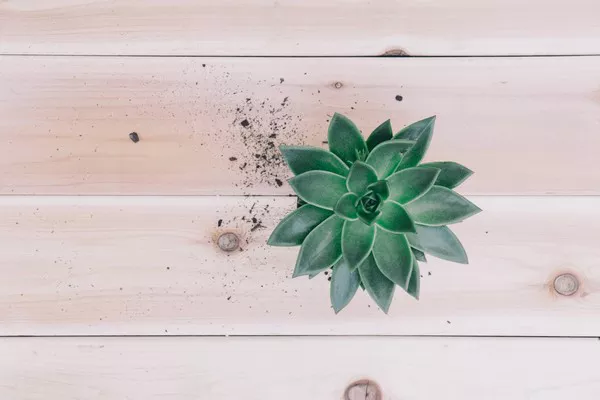Aloe succulents, known for their striking appearance and numerous medicinal benefits, have become increasingly popular among indoor and outdoor gardeners alike. These hardy plants require minimal maintenance and can thrive in various conditions, making them an ideal choice for both beginners and experienced plant enthusiasts. In this comprehensive guide, we will explore the essential aspects of caring for aloe succulents, including their ideal environment, watering needs, soil requirements, propagation methods, and common issues faced by growers.
1. Understanding Aloe Succulents
Aloe succulents belong to the Aloe genus, which comprises over 500 species. These succulents are native to Africa and the Arabian Peninsula, where they have adapted to arid climates and sandy soils. Aloe plants are characterized by their fleshy, lance-shaped leaves that often feature serrated edges and a gel-like substance within. The gel has been used for centuries for its healing properties and is renowned for its ability to soothe burns, cuts, and skin irritations.
2. Selecting the Right Location
A crucial factor in successfully caring for aloe succulents is providing them with the right amount of sunlight. These plants thrive in bright, indirect light and should be placed near a sunny window indoors. If kept outdoors, it is best to provide them with partial shade, especially during the hottest hours of the day. Too much direct sunlight can lead to sunburn and damage the plant.
3. Ideal Temperature and Humidity
Aloe succulents prefer warm temperatures between 60°F to 80°F (15°C to 27°C). They are not cold-tolerant and should be protected from frost and extreme cold. Maintain a well-ventilated environment, as stagnant air can promote fungal diseases. Indoor humidity levels are generally sufficient for aloe succulents, but avoid placing them in rooms with excessively dry air, such as near heating vents.
4. Understanding Watering Needs
One of the most common mistakes in caring for aloe succulents is overwatering. These plants are drought-resistant and store water in their leaves, roots, and stems. As a result, they do not require frequent watering. Allow the soil to dry out completely between waterings. When watering, ensure that excess water can drain freely from the pot, as waterlogged soil can lead to root rot.
5. Soil and Potting Requirements
A well-draining soil mix is essential for aloe succulents. Use a cactus or succulent-specific potting mix, or create your own by combining regular potting soil with sand and perlite in equal parts. This mixture ensures proper aeration and prevents water from sitting around the roots. Choose a pot with drainage holes to facilitate excess water runoff and prevent waterlogged conditions.
6. Propagation Techniques
Aloe succulents can be propagated through various methods:
Offsets: Many aloe species produce offsets, also known as “pups” or “babies,” around the base of the parent plant. Carefully remove these offsets and plant them in their individual pots with well-draining soil.
Seeds: Aloe succulents can be grown from seeds, but this method requires patience, as it takes longer for the plants to mature. Sow the seeds in a well-draining soil mix and keep them consistently moist until germination occurs.
Leaf Cuttings: Take a healthy leaf from the parent plant and allow the cut end to callus over for a day or two. Then, plant the leaf vertically in a pot with well-draining soil, burying about one-third of the leaf. With time, new roots and a baby plant will emerge.
7. Common Issues and How to Solve Them
Overwatering: Yellowing leaves and soft, mushy stems are signs of overwatering. Allow the soil to dry completely before watering again, and trim any rotted parts of the plant to prevent further damage.
Underwatering: Wrinkled and shriveled leaves indicate underwatering. Ensure the plant receives adequate water, especially during the growing season.
Pests: Common pests that may affect aloe succulents include mealybugs, aphids, and spider mites. Regularly inspect your plants and use natural remedies or insecticidal soap to combat infestations.
Root Rot: Root rot is caused by excessive moisture in the soil, leading to decay of the roots. To avoid root rot, ensure proper drainage and reduce watering frequency.
Conclusion
Caring for aloe succulents can be a rewarding and enjoyable experience, especially when armed with the right knowledge. By understanding their natural habitat and requirements, providing proper sunlight, using well-draining soil, and following best watering practices, you can ensure the health and vibrancy of your aloe succulents. With a little care and attention, these resilient plants will flourish and bring beauty to your home or garden while offering their unique healing properties.


